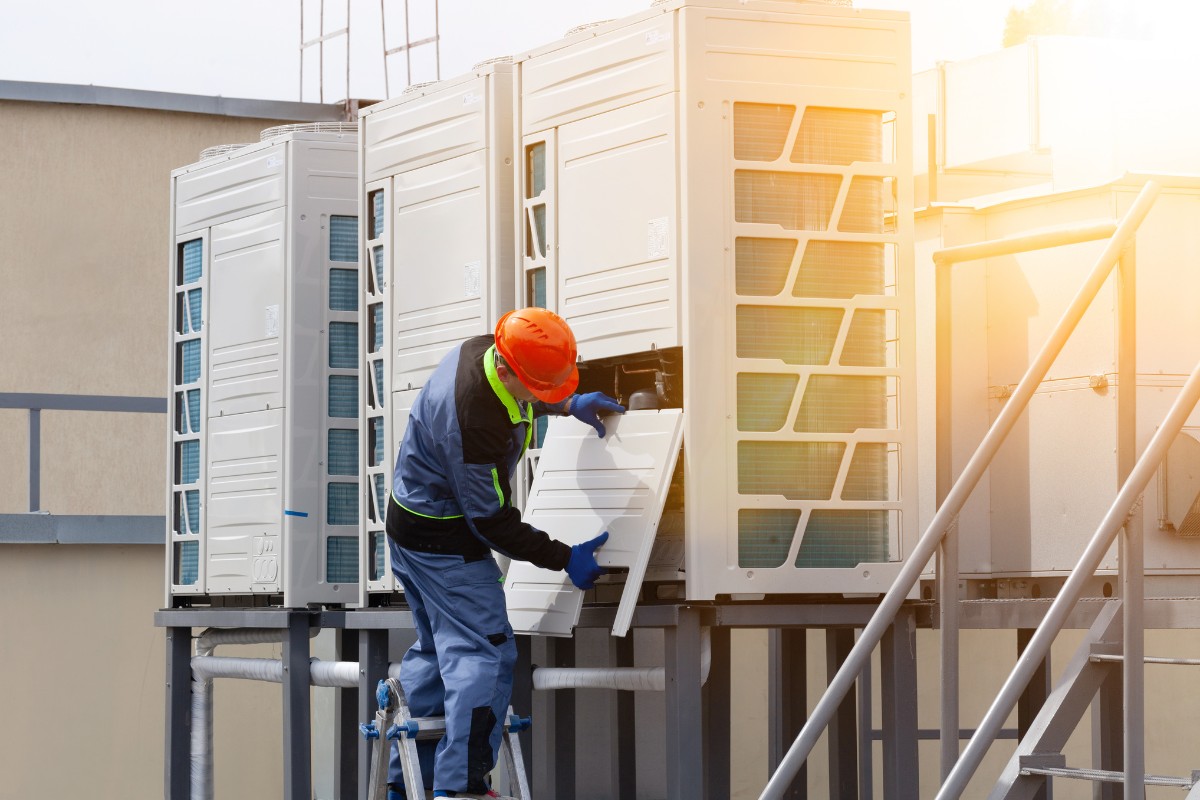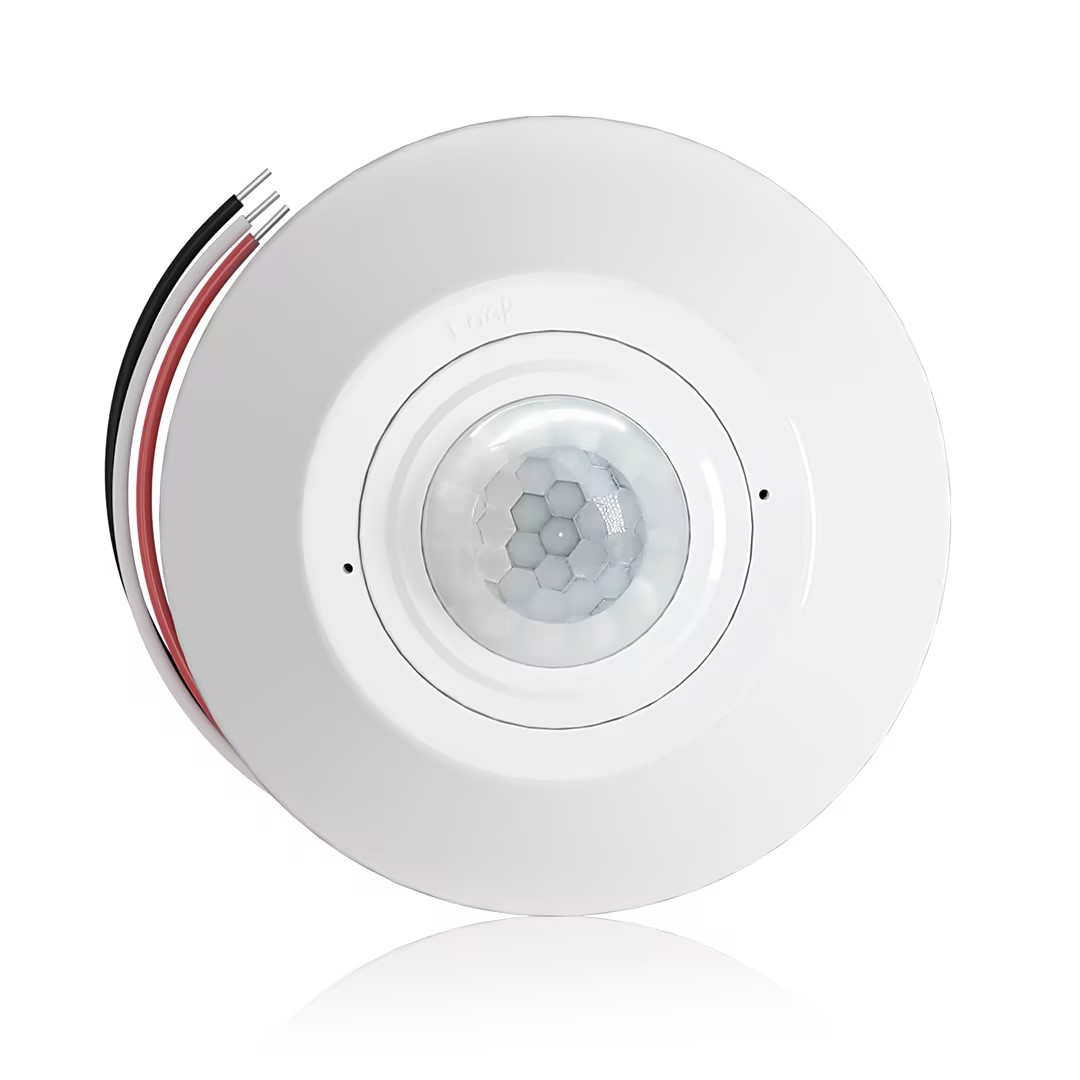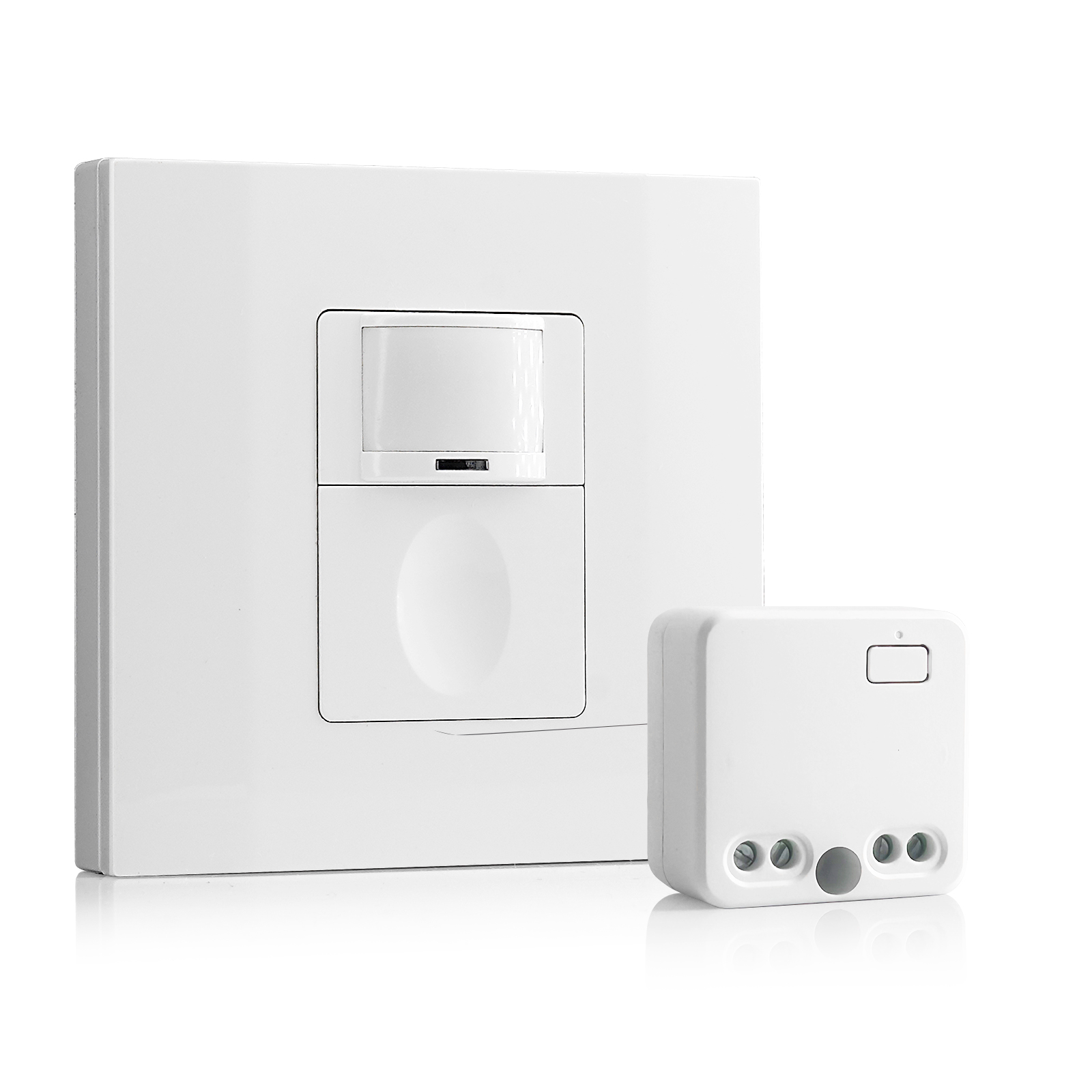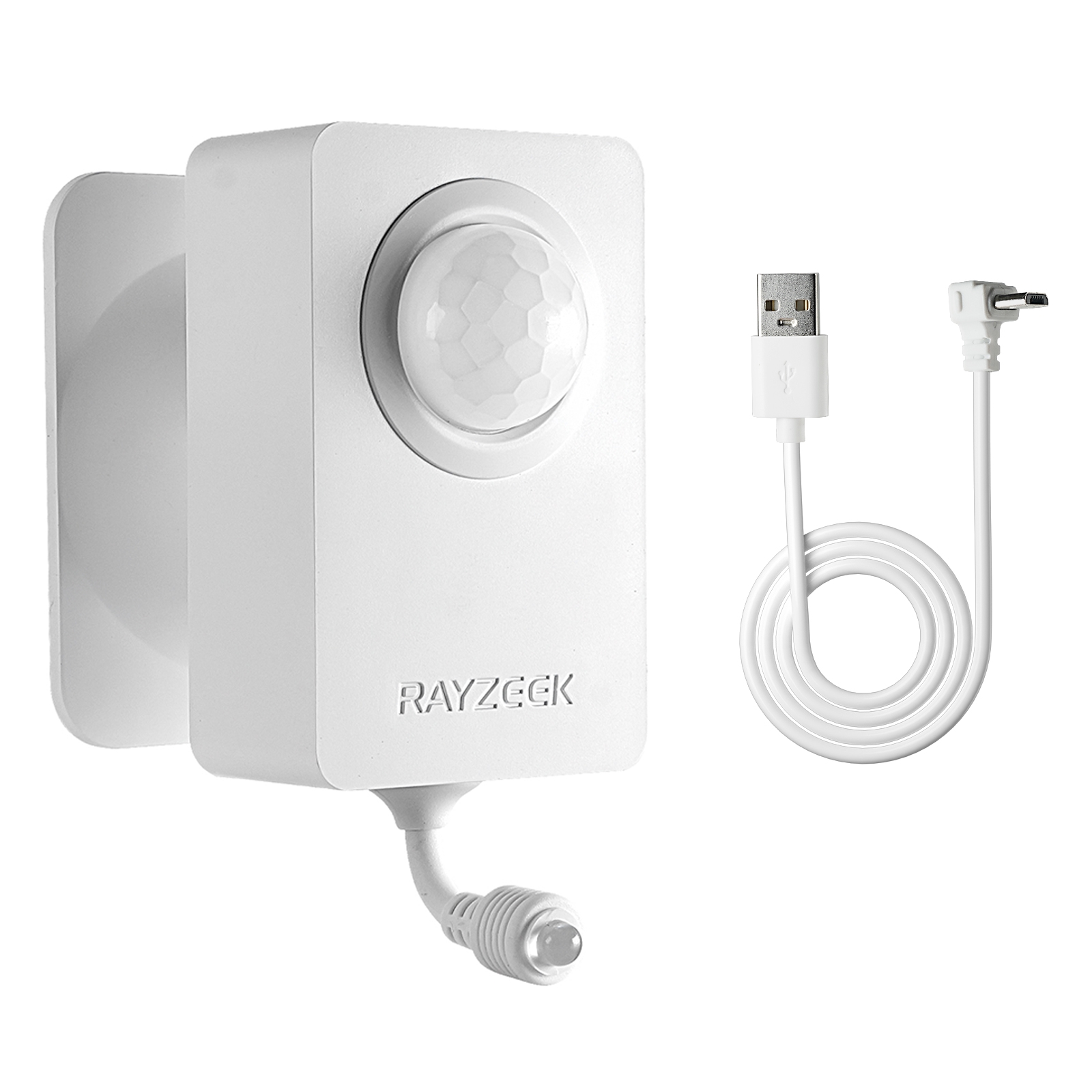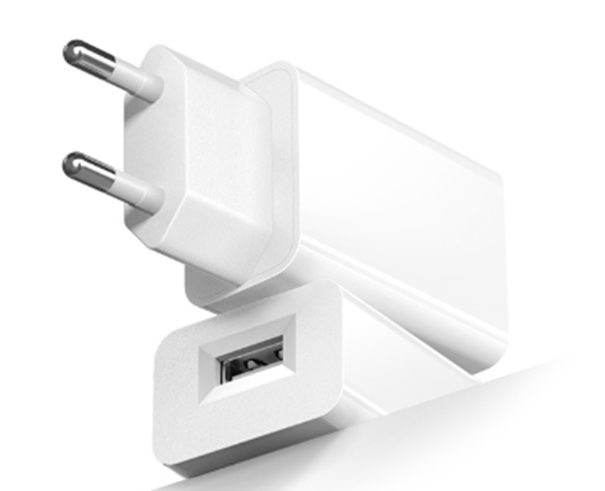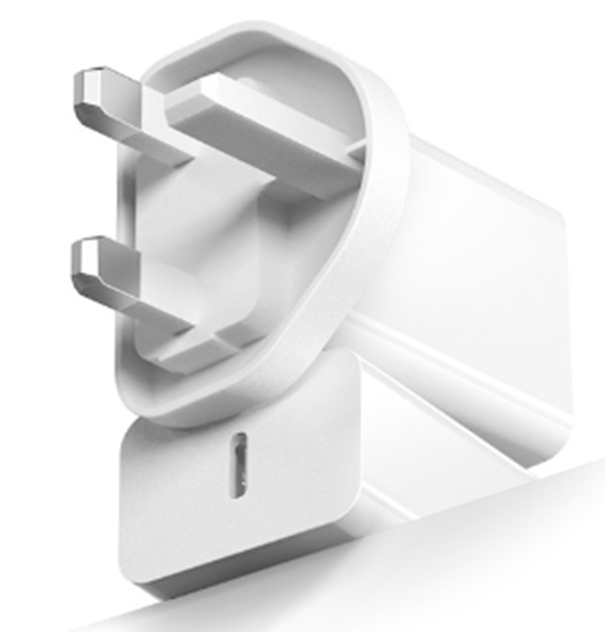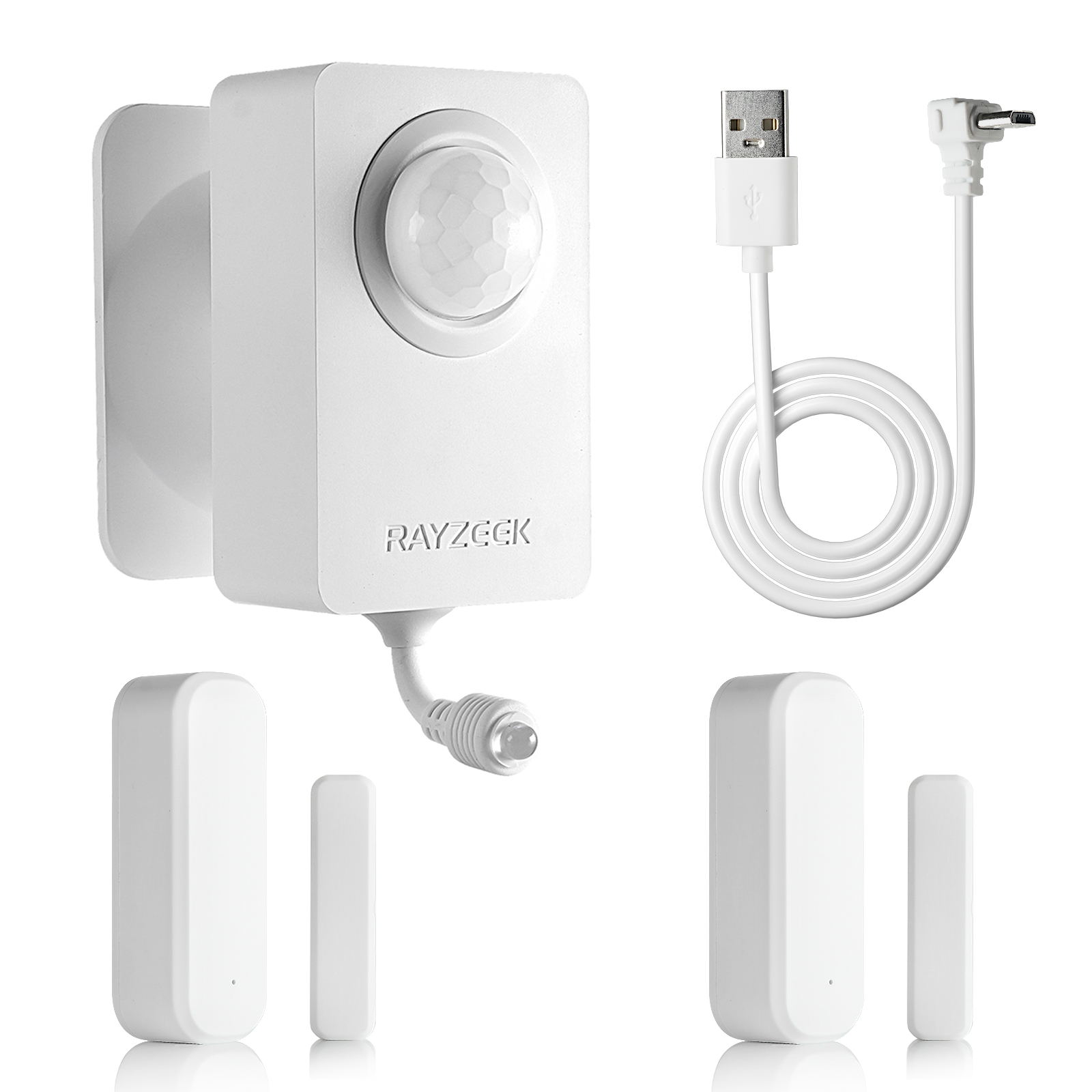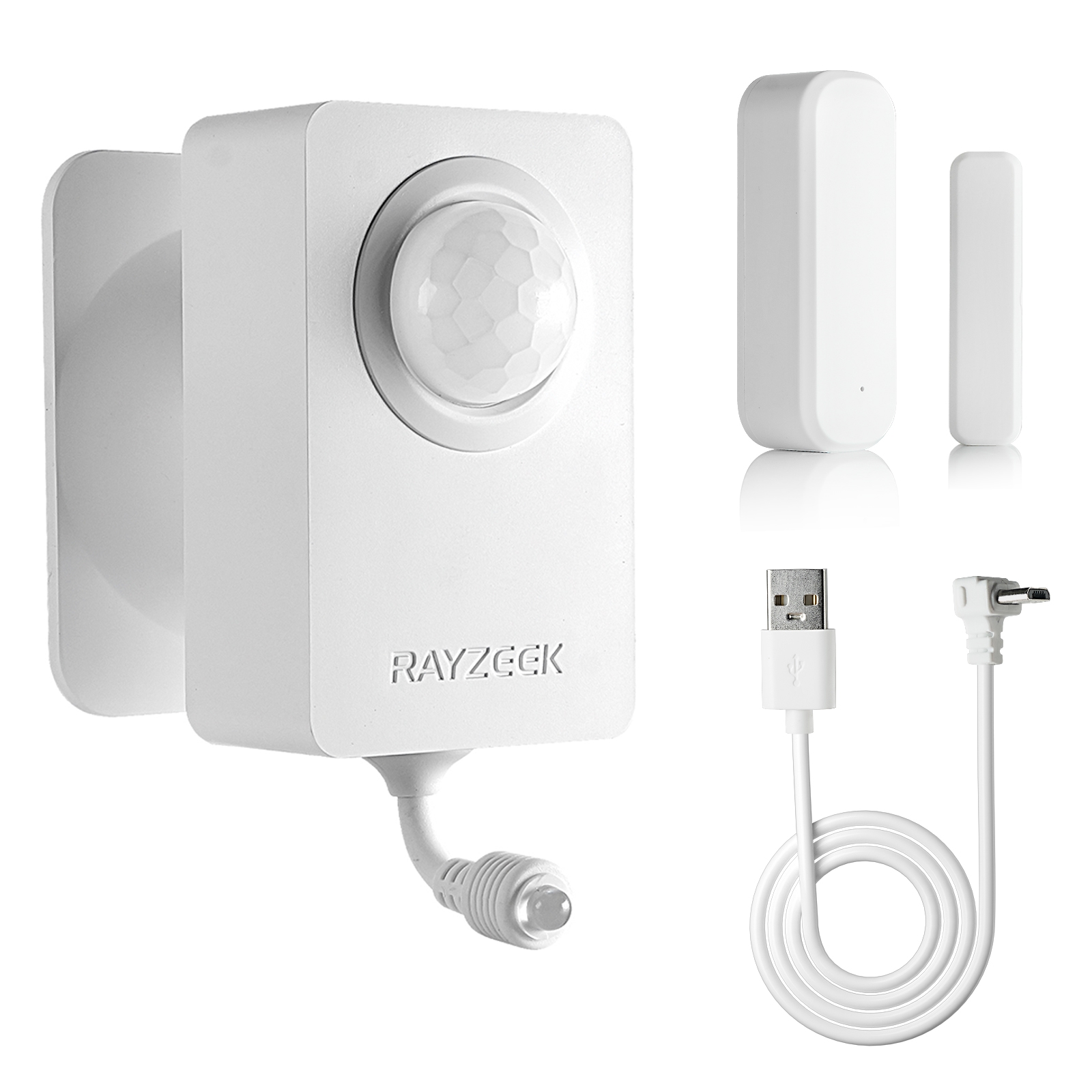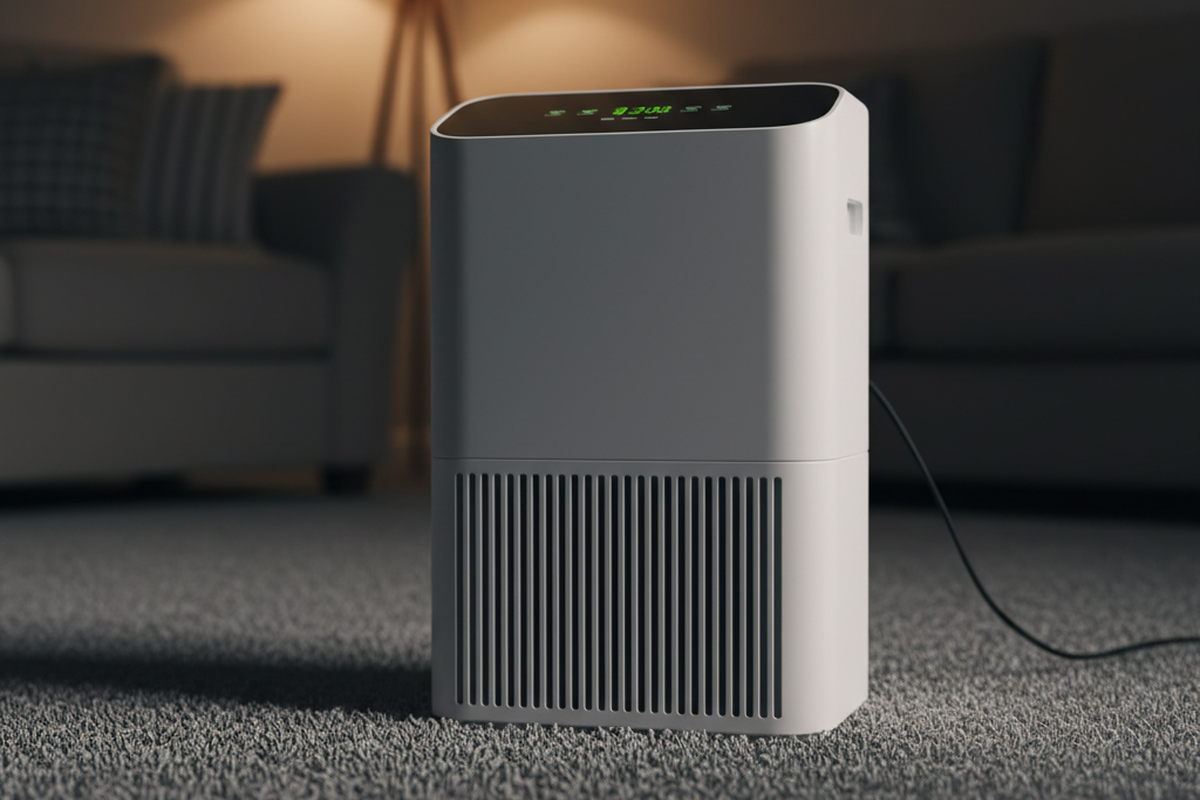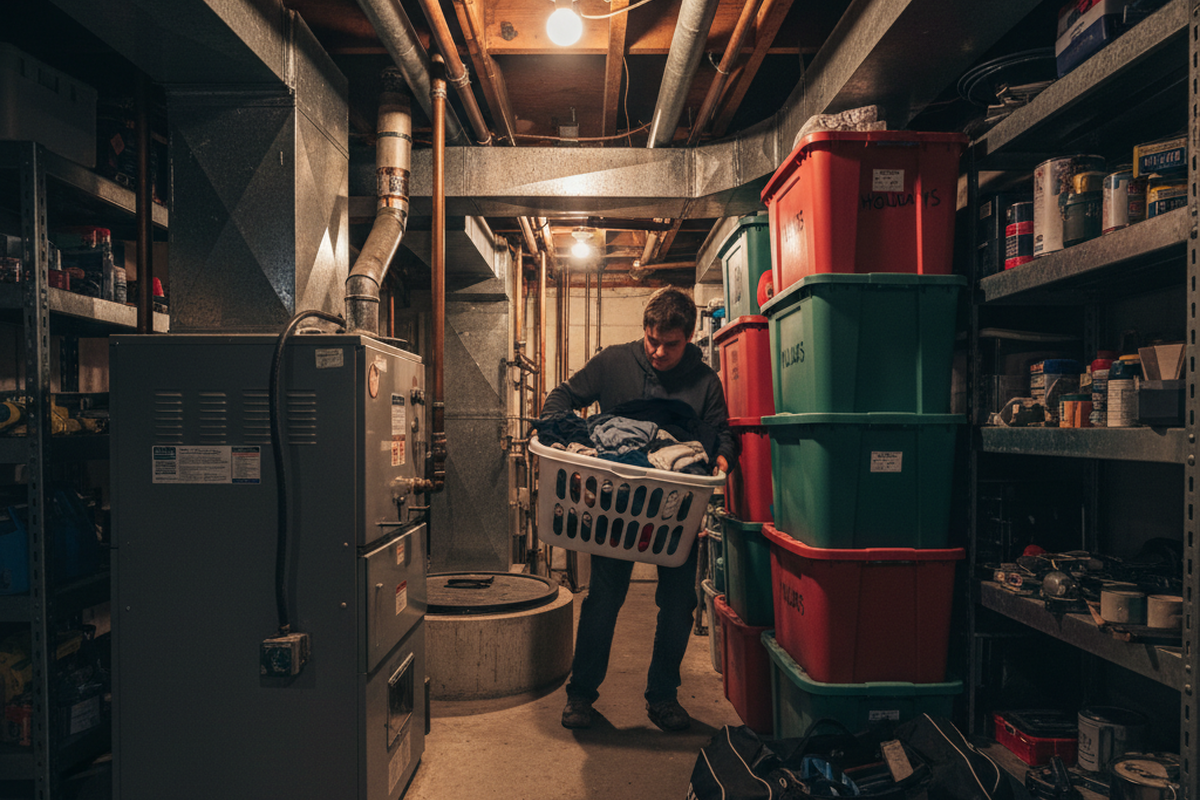In dit artikel wordt onderzocht of een airconditioner een thermisch systeem is. We onderzoeken de innerlijke werking van airconditioners, de thermodynamische principes achter hun werking, verschillende soorten airconditioners en hun efficiëntie. Of je nu gewoon nieuwsgierig bent naar hoe je airco werkt of een doorgewinterde onderzoeker bent, deze diepgaande analyse heeft iets voor jou.
Wat is een thermisch systeem precies?
Een thermisch systeem houdt zich bezig met de overdracht of omzetting van warmte-energie. Deze systemen zijn gebaseerd op de principes van de thermodynamica, de tak van de natuurkunde die de relaties tussen warmte, arbeid, temperatuur en energie onderzoekt. Alledaagse voorbeelden van thermische systemen zijn motoren, koelkasten en warmtepompen. Zoals we zullen zien, passen airconditioners gemakkelijk in deze categorie.
Thermische systemen kunnen grofweg worden ingedeeld in open en gesloten systemen. Open systemen wisselen zowel materie als energie uit met hun omgeving. Stel je een pot water voor die kookt op een fornuis - het absorbeert warmte en geeft stoom af aan de lucht. Gesloten systemen wisselen daarentegen wel energie uit, maar geen materie. Een gesloten snelkookpan is een goed voorbeeld van een gesloten systeem.
Een airconditioner definiëren
Een airconditioner is een apparaat dat ontworpen is om binnenlucht te koelen en te ontvochtigen. Dit wordt bereikt door warmte aan de binnenruimte te onttrekken en naar buiten af te voeren. Hoewel airconditioners voornamelijk worden gebruikt voor comfortkoeling in huizen, kantoren en voertuigen, spelen ze ook een rol bij het koelen van industriële processen.
De innerlijke werking: Belangrijkste onderdelen van een airconditioner
Laten we eens kijken naar de essentiële onderdelen die ervoor zorgen dat een airconditioner zijn werk doet:
Koelmiddel
Dit is de werkvloeistof, een speciale substantie die heen en weer beweegt tussen vloeistof en gas en warmte opneemt en weer afgeeft tijdens het koelproces. Gangbare koudemiddelen, zoals R-410A en R-32, hebben specifieke thermodynamische eigenschappen, zoals het kookpunt en de warmtecapaciteit, waardoor ze zeer geschikt zijn voor deze taak.
Compressor
De compressor, die vaak wordt beschouwd als het hart van het systeem, comprimeert het koelgas en verhoogt de druk en temperatuur ervan aanzienlijk. Dit energie-intensieve proces, meestal aangedreven door een elektromotor, is cruciaal voor het koudemiddel om later warmte af te geven in de condensor. Het compressieproces kan worden gemodelleerd met complexe vergelijkingen zoals de isentropische compressievergelijking, die een verband legt tussen druk, volume en de specifieke warmteverhouding. Deze vergelijkingen helpen ons bij het bepalen van de arbeid die de compressor verricht.
Condensator
Dit onderdeel werkt als een warmtewisselaar, waar het hete, onder hoge druk staande koelgas zijn warmte afgeeft aan de buitenomgeving. Terwijl het zijn warmte afgeeft, gaat het koelmiddel over in vloeibare vorm. De condensor heeft meestal spoelen van buizen en lamellen die ontworpen zijn om de warmteoverdracht te maximaliseren. De hoeveelheid warmte die vrijkomt door de condensor is direct gerelateerd aan het massadebiet van het koelmiddel en de verandering in enthalpie tijdens het condenseren.
Verdamper
De verdamper bevindt zich binnenshuis en is een andere warmtewisselaar. Hier absorbeert het vloeibare koelmiddel warmte uit de binnenlucht, waardoor het weer verdampt tot een gas. Deze warmteabsorptie koelt de lucht die door de verdamperspiralen circuleert. Dezelfde principes die worden gebruikt om de warmteoverdracht in de condensor te berekenen, zijn hier van toepassing, maar de verandering in enthalpie komt overeen met het verdampingsproces.
Expansieventiel
Dit doseerapparaat regelt de toevoer van koelmiddel naar de verdamper. Het verlaagt de druk van het vloeibare koudemiddel, waardoor het gedeeltelijk verdampt en aanzienlijk afkoelt. Deze drukverlaging is essentieel voor het koudemiddel om effectief warmte te absorberen in de verdamper. Het expansieproces wordt meestal behandeld als isenthalpisch, wat betekent dat de enthalpie van het koudemiddel constant blijft voor en na het passeren van de klep.
Hoe een airconditioner werkt: De koelcyclus
De koelcyclus is een continue lus met vier belangrijke stappen: compressie, condensatie, expansie en verdamping. Hier volgt een vereenvoudigd overzicht:
- De compressor zet het koelgas onder druk en verwarmt het.
- In de condensor geeft het hete gas warmte af aan de buitenlucht en wordt het vloeibaar.
- Het expansieventiel verlaagt de druk van het koelmiddel, waardoor het afkoelt.
- In de verdamper absorbeert het koude koelmiddel de warmte binnenshuis, koelt de lucht af en verandert weer in een gas.
Deze cyclus wordt continu herhaald om de gewenste binnentemperatuur te behouden.
Soorten airconditioningsystemen
Er zijn verschillende soorten airconditioningsystemen voor verschillende behoeften en voorkeuren:
Split systemen hebben een buitenunit (met de compressor en condensor) en een binnenunit (met de verdamper). Ze zijn populair voor het koelen van afzonderlijke kamers of zones en staan bekend om hun stille werking en flexibele installatiemogelijkheden.
Raamunits zijn autonome units die ontworpen zijn om in een raamopening geïnstalleerd te worden. Ze worden meestal gebruikt voor het koelen van enkele kamers en bieden een budgetvriendelijke optie met een relatief eenvoudige installatie.
Laat u inspireren door Rayzeek Motion Sensor Portfolio's.
Vind je niet wat je zoekt? Maak je geen zorgen. Er zijn altijd alternatieve manieren om je problemen op te lossen. Misschien kan een van onze portfolio's helpen.
Centrale airconditioningsystemen zijn ontworpen om hele gebouwen te koelen via een netwerk van kanalen. Ze hebben een enkele buitenunit en een centrale binnenunit die verbonden is met kanalen, waardoor een gelijkmatige koeling wordt verkregen en grote ruimten effectief kunnen worden gekoeld.
Ductless mini-splits zijn vergelijkbaar met splitsystemen, maar dan zonder leidingwerk. Ze hebben meerdere binnenunits aangesloten op één buitenunit, waardoor individuele zoneregeling mogelijk is en de installatie in bestaande gebouwen wordt vereenvoudigd.
Draagbare airconditioners zijn autonome, verplaatsbare units. Ze worden vaak gebruikt voor tijdelijke of aanvullende koeling en bieden de voordelen van draagbaarheid en geen permanente installatie.
Airconditioners als thermische systemen: Een duidelijk verband
Kwalificeren airconditioners dan als thermische systemen? Absoluut! Ze verplaatsen warmte van de ene locatie (binnen) naar een andere locatie (buiten) en zijn gebaseerd op de principes van de thermodynamica, met name de koelcyclus. De koelcyclus is een praktische toepassing van de fundamentele wetten van de thermodynamica.
Thermodynamische principes in airconditioning: Een diepere duik
Laten we eens kijken naar de thermodynamische principes die de werking van airconditioners bepalen:
De eerste wet: Behoud van energie
De eerste wet van de thermodynamica, ook bekend als de wet van behoud van energie, stelt dat energie niet kan worden gecreëerd of vernietigd, alleen overgedragen of van vorm veranderd. In een airconditioner wordt de elektrische energie die aan de compressor wordt geleverd, omgezet in werk dat wordt uitgevoerd op het koelmiddel. Deze energie wordt uiteindelijk als warmte overgedragen aan de buitenomgeving. De energiebalans kan worden uitgedrukt als: De toegevoerde elektrische energie is gelijk aan de warmte die naar buiten wordt afgevoerd minus de warmte die van binnen wordt opgenomen.
De tweede wet: Entropie en warmtestroom
De tweede wet van de thermodynamica schrijft voor dat de entropie van een geïsoleerd systeem altijd toeneemt in de loop van de tijd. Eenvoudiger gezegd: warmte kan niet spontaan van een kouder naar een warmer lichaam stromen. Airconditioners gebruiken arbeid (geleverd door de compressor) om warmte te verplaatsen van een koudere ruimte (binnen) naar een warmere ruimte (buiten), een proces dat in overeenstemming is met de tweede wet. De koelcyclus is zorgvuldig ontworpen om de entropievorming te minimaliseren en zo de efficiëntie te maximaliseren.
Entropie: Een maat voor wanorde
Entropie is een maat voor de wanorde of willekeurigheid binnen een systeem. De Tweede Wet stelt dat de totale entropie van een systeem en zijn omgeving altijd moet toenemen voor elk echt proces. In een airconditioner neemt de entropie van het koelmiddel af wanneer het warmte afgeeft in de condensor. De entropie van de omgeving neemt echter met een groter bedrag toe, wat resulteert in een netto toename van de totale entropie.
De prestaties van de compressor analyseren
De prestaties van een compressor worden vaak geanalyseerd aan de hand van de isentropische efficiëntie, die de werkelijke werkinput vergelijkt met de ideale (isentropische) werkinput voor dezelfde drukverhouding. Goed ontworpen compressoren hebben meestal een isentropisch rendement tussen 70-85%. De werkelijke input van arbeid kan worden bepaald door de isentropische arbeid te delen door de isentropische efficiëntie. De prestatiecurves van compressoren die door fabrikanten worden geleverd, illustreren de relatie tussen drukverhouding, massastroom en stroomverbruik.
De warmteoverdracht van de condensor analyseren
De effectiviteit van de warmteoverdracht van de condensor kan worden geanalyseerd met behulp van de NTU-methode (Number of Transfer Units). NTU is een dimensieloze parameter die de grootte van de warmteoverdracht van de warmtewisselaar weergeeft. De effectiviteit van de condensor kan worden berekend met vergelijkingen die specifiek zijn voor de geometrie van de warmtewisselaar. De effectiviteit van een eenvoudige tegenstroomwarmtewisselaar kan bijvoorbeeld worden benaderd als 1 min de exponentiële van negatieve NTU. Een hogere effectiviteit betekent een betere warmteoverdracht en een hogere systeemefficiëntie.
De prestaties van de verdamper analyseren
Net als bij de condensor kunnen ook de prestaties van de verdamper worden geanalyseerd met de NTU-methode. Factoren zoals de luchtstroomsnelheid, de stroomsnelheid van het koelmiddel en het ontwerp van de warmtewisselaar beïnvloeden de effectiviteit van de verdamper. Door het ontwerp van de verdamper te optimaliseren kan de warmteoverdracht worden verbeterd en het temperatuurverschil tussen het koelmiddel en de binnenlucht worden verkleind, wat leidt tot betere algehele systeemprestaties.
De rol van de expansieklep analyseren
De werking van het expansieventiel wordt gekarakteriseerd door het vermogen om een constante oververhitting te handhaven bij de verdamperuitlaat. Oververhitting is het verschil tussen de werkelijke temperatuur van het koudemiddel en de verzadigingstemperatuur bij de verdamperdruk. Een goede regeling van de oververhitting zorgt ervoor dat de verdamper volledig wordt benut en dat er geen vloeibaar koudemiddel in de compressor terechtkomt, wat schade zou kunnen veroorzaken. Thermostatische expansieventielen (TXV's) gebruiken een terugkoppelingsmechanisme om de koudemiddelstroom aan te passen en de oververhitting constant te houden.
Warmteoverdracht in airconditioners: Een nadere blik
Warmteoverdracht is een fundamenteel aspect van airconditioning. Laten we eens kijken naar de drie manieren van warmteoverdracht:
Op zoek naar bewegingsgevoelige energiebesparende oplossingen?
Neem contact met ons op voor complete PIR-bewegingssensoren, bewegingsgeactiveerde energiebesparende producten, bewegingssensorschakelaars en commerciële Occupancy/Vacancy-oplossingen.
Geleiding: Warmteoverdracht door direct contact
Geleiding is de overdracht van warmte door direct contact tussen moleculen. In airconditioners vindt geleiding plaats binnen het koelmiddel, de metalen wanden van de leidingen en de lamellen van de warmtewisselaars. De snelheid van warmtegeleiding wordt bepaald door de Wet van Fourier, die de snelheid van warmteoverdracht relateert aan de warmtegeleidingscoëfficiënt van het materiaal, de dwarsdoorsnede en de temperatuurgradiënt.
Convectie: Warmteoverdracht door vloeistofbeweging
Convectie is de overdracht van warmte door de beweging van vloeistoffen (vloeistoffen of gassen). In airconditioners vindt convectie plaats tussen het koelmiddel en de binnenwanden van de leidingen en tussen de lucht en de buitenoppervlakken van de warmtewisselaars. Gedwongen convectie, aangedreven door ventilatoren of pompen, verbetert de warmteoverdracht aanzienlijk. De afkoelingswet van Newton beschrijft de snelheid van warmteconvectie en relateert deze aan de convectieve warmteoverdrachtscoëfficiënt, het oppervlak en het temperatuurverschil tussen het oppervlak en de vloeistof.
Straling: Warmteoverdracht door elektromagnetische golven
Straling is de overdracht van warmte via elektromagnetische golven. Hoewel straling minder prominent aanwezig is dan geleiding en convectie in de typische werking van airconditioning, kan het toch een rol spelen, vooral in de condensor. De condensor kan warmte afgeven aan de omgeving, vooral als deze wordt blootgesteld aan direct zonlicht. De wet van Stefan-Boltzmann bepaalt de snelheid van warmtestraling en relateert deze aan de emissiviteit van het oppervlak, de constante van Stefan-Boltzmann, het oppervlak en de absolute temperaturen van het stralingsoppervlak en de omgeving.
Efficiëntie en prestatiecijfers van airconditioners: De beoordelingen begrijpen
Er worden verschillende meetmethoden gebruikt om de efficiëntie en prestaties van airconditioners te evalueren:
SEER (Seasonal Energy Efficiency Ratio)
SEER meet het koelvermogen van een airconditioner tijdens een normaal koelseizoen, gedeeld door de totale elektrische energie-input tijdens dezelfde periode. Een hogere SEER-waarde betekent een hogere energie-efficiëntie. SEER wordt bepaald aan de hand van gestandaardiseerde testprocedures die een reeks bedrijfsomstandigheden simuleren.
EER (Energie-efficiëntieverhouding)
EER meet het koelvermogen van een airconditioner bij een specifieke werkingsconditie (buitentemperatuur van 95 °F, binnentemperatuur van 80 °F en relatieve vochtigheid van 50%), gedeeld door het elektrisch opgenomen vermogen in die conditie. Hogere EER-waarden duiden op een betere efficiëntie in die specifieke omstandigheid.
Prestatiecoëfficiënt (COP)
COP meet de efficiëntie van een warmtepomp of koelsysteem. Het is de verhouding tussen de gewenste output (verwarming of koeling) en de vereiste werkinput. Voor koeling is COP het koelvermogen gedeeld door de arbeidsinput. Voor verwarming is COP het verwarmingsvermogen gedeeld door de arbeidsinput. Hogere COP-waarden duiden op een hoger rendement.
Energie-efficiëntieverhouding (EER) - een specifiek type COP
EER is een specifiek type COP dat van toepassing is op koelsystemen. Het wordt berekend als het koelvermogen (in Btu/u) gedeeld door het opgenomen vermogen (in watt) bij een specifieke werkingsconditie.
Hoewel SEER- en EER-ratings waardevolle inzichten geven in de efficiëntie van een airconditioner, is het werkelijke energieverbruik vaak afhankelijk van gebruikspatronen. Bijvoorbeeld, het laten draaien van de airco in een lege kamer vermindert drastisch de effectieve efficiëntie. De Rayzeek RZ050 airconditioner bewegingssensor pakt dit probleem direct aan door de werking van de airco te automatiseren op basis van bezetting.
Rayzeek RZ050: Maximaliseer de efficiëntie van uw AC
Automatiseert je AC op intelligente wijze om de effectieve SEER- en EER-waarden te verhogen.
- Verlaagt de energierekening tot 50% door de AC in onbezette kamers uit te schakelen.
- De nachtmodus zorgt voor een ononderbroken slaap terwijl overdag toch energie wordt bespaard.
- Helpt je een optimale energie-efficiëntie te bereiken die verder gaat dan de standaard nominale waarden.
Is een airconditioner een gesloten of open thermisch systeem?
Een airconditioner kan worden beschouwd als een gesloten thermisch systeem met betrekking tot het koelmiddel. Het koudemiddel blijft binnen een afgesloten circuit en mengt zich nooit met de buitenomgeving. De airconditioner zelf maakt echter deel uit van een groter open systeem, omdat het energie (warmte) uitwisselt met zowel de binnen- als de buitenomgeving. Hij neemt elektrische energie op en interageert met de lucht in de kamer, wat geen gesloten systeem is.
Geavanceerde concepten in thermodynamica van airconditioning
Laten we wat meer geavanceerde concepten verkennen:
Psychrometrie: Vochtige lucht begrijpen
Psychrometrie is de studie van de thermodynamische eigenschappen van vochtige lucht. Het is cruciaal voor het begrijpen en ontwerpen van airconditioningsystemen. De belangrijkste psychrometrische eigenschappen zijn de droge-boltemperatuur, natte-boltemperatuur, relatieve vochtigheid, vochtigheidsverhouding en enthalpie. Psychrometrische grafieken zijn grafische hulpmiddelen die worden gebruikt om deze eigenschappen te visualiseren en te analyseren. Airconditioners koelen niet alleen de lucht, maar hebben ook invloed op de luchtvochtigheid, waardoor psychrometrie essentieel is voor het juiste systeemontwerp en de juiste werking.
Enthalpie: De totale warmte-inhoud
Enthalpie is een thermodynamische eigenschap die de totale warmte-inhoud van een systeem weergeeft. In airconditioning kwantificeert enthalpie de warmte-inhoud van het koelmiddel en de vochtige lucht. De verandering in enthalpie van het koelmiddel tijdens verdamping en condensatie bepaalt de koelcapaciteit van het systeem. De enthalpie van vochtige lucht hangt af van de temperatuur en de vochtigheidsgraad. Enthalpieberekeningen zijn essentieel voor het bepalen van de koelbelasting en de dimensionering van airconditioningapparatuur.
Ontwerp en optimalisatie van airconditionersystemen in de praktijk: Verder dan de basis
Bij het ontwerpen van een efficiënt airconditioningsysteem moet rekening worden gehouden met verschillende factoren, zoals:
Misschien bent u geïnteresseerd in
- Klimaat: Inzicht in de variaties in buitentemperatuur en vochtigheid gedurende het jaar is cruciaal voor het kiezen van het juiste systeem.
- Belasting gebouw: Het is essentieel om nauwkeurig in te schatten hoeveel warmte er uit het gebouw moet worden afgevoerd. Dit is afhankelijk van factoren zoals isolatie, bezetting en interne warmtewinsten.
- Regelstrategieën: Door gebruik te maken van geavanceerde regelsystemen, zoals variabele koudemiddelstroom (VRF) of compressoren met variabele snelheid, kunnen de prestaties bij wisselende belastingen worden geoptimaliseerd.
Optimalisatietechnieken voor maximale efficiëntie
Optimalisatietechnieken kunnen worden gebruikt om het energieverbruik te minimaliseren met behoud van het gewenste comfortniveau. Hierbij kan gebruik worden gemaakt van simulatiesoftware om de systeemprestaties onder verschillende bedrijfsomstandigheden te modelleren. Een levenscycluskostenanalyse kan helpen bij het evalueren van de economische en milieu-impact op lange termijn van verschillende ontwerpkeuzes.
Thermodynamische beperkingen: De grenzen van efficiëntie
- De Carnot-cyclus vertegenwoordigt de theoretische bovengrens van het rendement voor elke warmtemotor of koelcyclus die tussen twee temperaturen werkt.
- Echte airconditioners hebben een rendement dat aanzienlijk lager is dan het Carnot rendement vanwege onomkeerbaarheid in het compressieproces, beperkingen van de warmteoverdracht en andere factoren.
De toekomst van airconditioning: De grenzen verleggen
Het huidige onderzoek richt zich op het ontwikkelen van nieuwe koelmiddelen met een lager aardopwarmingsvermogen en het verkennen van alternatieve koeltechnologieën die de beperkingen van de conventionele dampcompressiecyclus kunnen overwinnen.
Een veelbelovend gebied is de ontwikkeling van geavanceerdere regelalgoritmen die de werking van het systeem dynamisch kunnen aanpassen op basis van real-time weersgegevens, bezettingspatronen en energieprijzen. Dit kan leiden tot aanzienlijke energiebesparingen en verbeterd comfort.
Een ander interessant gebied is de integratie van technologieën voor warmteopslag in airconditioningsystemen. Dit zou het mogelijk kunnen maken om koelbelastingen te verschuiven naar daluren, waardoor de elektriciteitskosten en de druk op het elektriciteitsnet afnemen.

